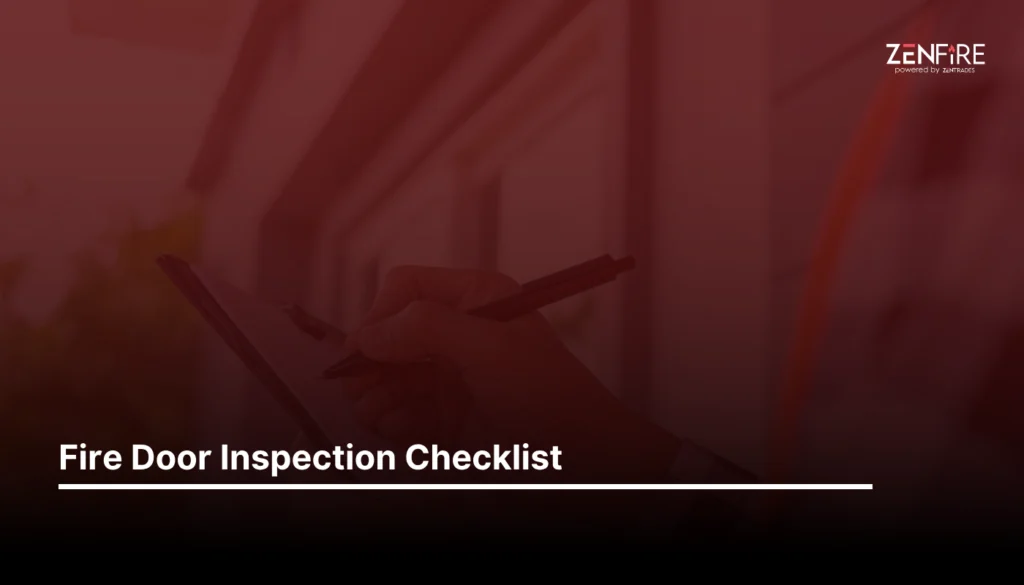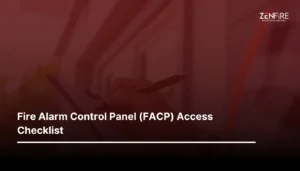Fire Door Inspection Checklist
What Is A Fire Door?
Fire doors with fire-rated resistance are vital for a building’s passive fire prevention plan. They essentially have one purpose — to stop and suppress the spread of fire, be it within, into, or out of the building. Fire doors enable fire compartmentation, which is basically the process of strategically placing physical barriers around the building in such a way that it slows the spread of fire and smoke during emergencies.
Why Conduct A Fire Door Inspection?
While conducting a fire door inspection, some critical elements are checked on priority. These are:
- Door hinges
- Smoke seals
- Fire door signage
- Closing mechanism
- Doors and frames

Related Reading
Emergency Lighting
Emergency Lighting Checklist Explore More Checklist Download Now What Is Emergency Lighting? Emergency lighting is a crucial component of fire safety measures...
Sprinkler System Inspection Checklist
Sprinkler System Inspection Checklist Explore More Checklist Download Now What Is A Sprinkler System? A sprinkler system, in simple terms, is a...
Fire Alarm Control Panel (FACP) Access Checklist
Fire Alarm Control Panel (FACP) Access Checklist Explore More Checklist Download Now What Is A Fire Alarm Control Panel (FACP)? The most...
Fire Extinguisher Inspection Checklist
Fire Extinguisher Inspection checklist Explore More Checklist Download Now What Is A Fire Extinguisher? Fire extinguishers are primary equipment in situations of...



